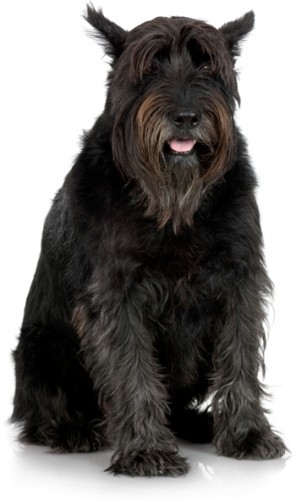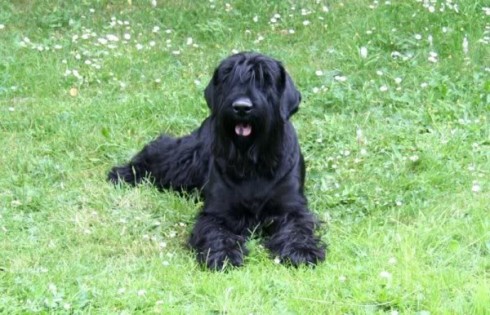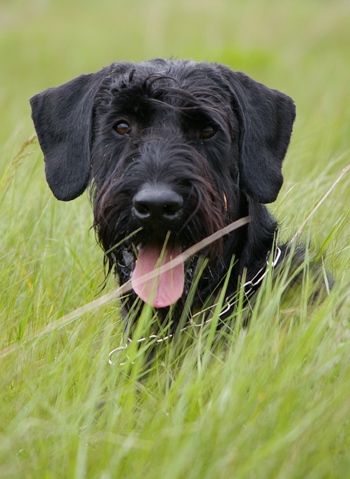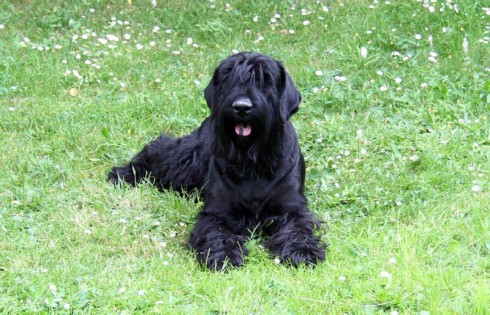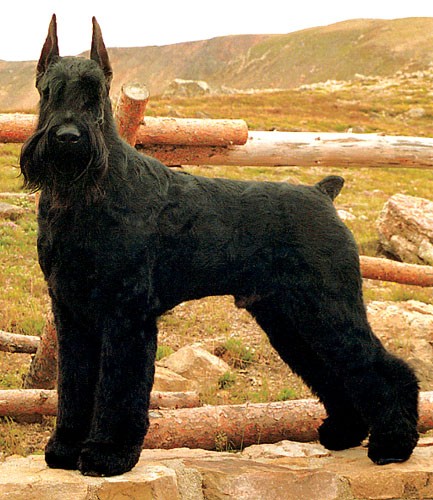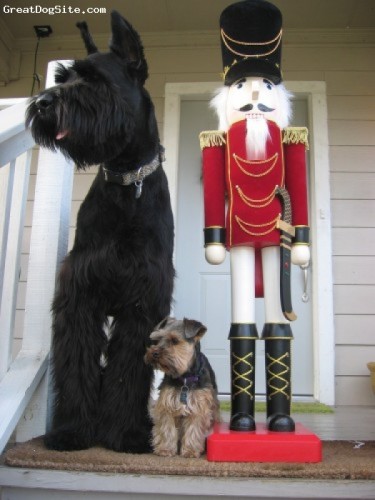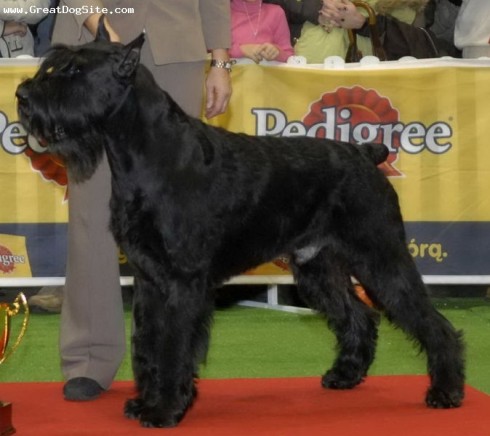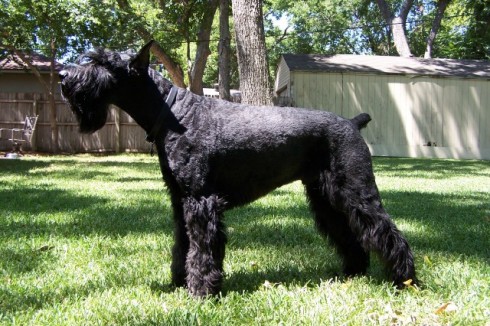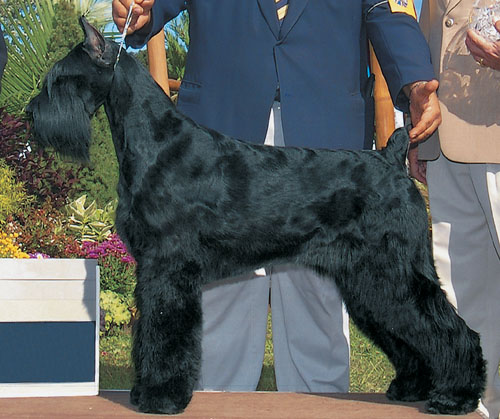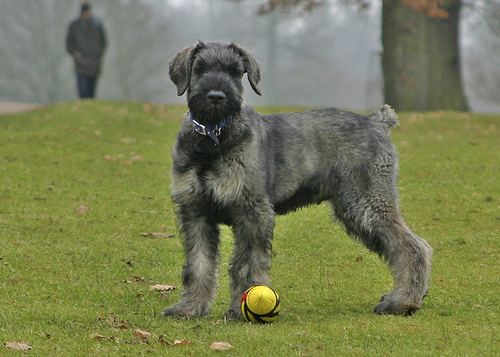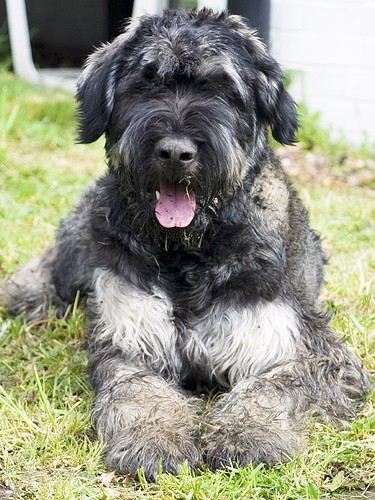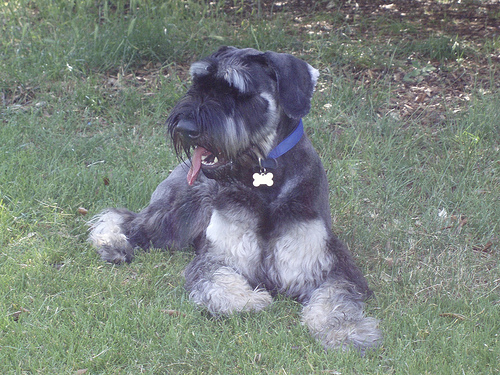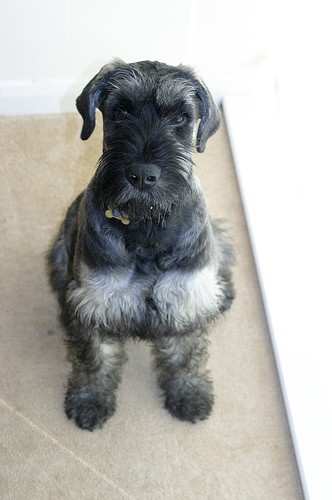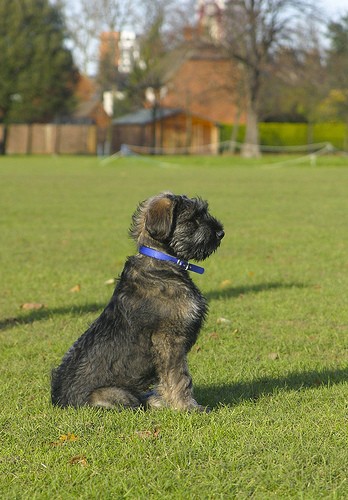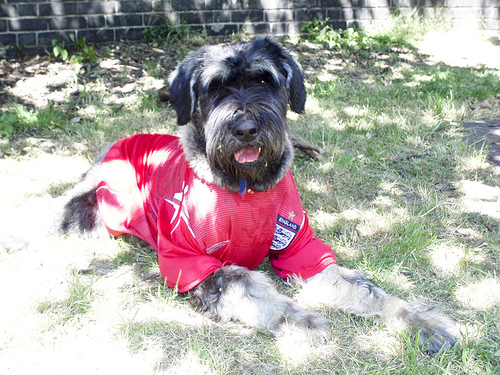Main Index
In Store
Our Web Store
Miniature Schnauzer Picture Gallery
Latest Dog Blogs
- What Are The Basic Commands To Train A Dog?
- PaySafe As The Most Popular Type Of Deposit
- Everything You Need To Know About Pet Sales
- Dogs Contribute To Our Physical And Mental Well Being
- How To Choose Where To Bet On Greyhounds In 2022
- Volunteer With Animals - How To Help Dogs Around The World
- Basic Understanding Of The House Edge
- Why You Should Get A Dog
- Top 20 Popular Dog Names Around The World
- Constipation in Dogs and How to Find Solutions
Giant Schnauzer
Giant Schnauzer Picture Gallery
Giant Schnauzer Clubs/Associations
The Full Giant Schnauzer Description
The Giant Schnauzer's main occupation today is as a police dog. He is a bold, strong, smart dog who does best with a serious, experienced, and confident owner. With solid obedience training, he will reward you with loyalty and obedience.
Did you know?
The Giant Schnauzer was developed to be an alert, vigorous, versatile, and intelligent dog able to herd cattle.
The Giant Schnauzer should closely resemble the Standard and Miniature Schnauzers, but it is important to understand the Giant Schnauzer, Standard Schnauzer, and Miniature Schnauzer, are three separate and distinct breeds.
The Giant Schnauzer is not a giant dog, but he is the largest of the Schnauzers standing 23 to 27 inches at the withers.
Not until just before World War I did the Giant Schnauzer begin to come to nationwide attention in Germany as a suitable subject to receive police training at the schools in Berlin and other principal cities.
So you want to own a Giant Schnauzer?
The Giant Schnauzer has a harsh double wire coat which requires skilled professional grooming at least twice a year and weekly grooming in between.
The Giant Schnauzer is happiest with his family and is very good with young children and other pets, but may be aggressive with strange children or strange pets.
Giant Schnauzers are loyal to their owners and eager to defend family and property. The Giant Schnauzer should be obedience trained at an early age.
Indicative Breed Standard
General Appearance
Powerfully built, robust, sinewy, appearing almost square. Imposing, with keen expression and alert attitude. Correct conformation of the utmost importance.
Characteristics
Versatile, strong, hardy, intelligent and vigorous. Adaptable, capable of great speed and endurance and resistant to weather.
Temperament
Bold, reliable, good-natured and composed.
Head and Skull
Head strong, of good length, narrowing from ears to eyes and then gradually toward end of nose. The overall length (from nose to occiput) is in proportion to the back (from withers to set on of tail) approximately 1 : 2. Upper part of head (occiput to base of forehead) moderately broad between ears – with flat creaseless forehead. Well muscled but not over-developed cheeks. Medium stop accentuated by bushy eyebrows. Powerful muzzle ending in a moderately blunt wedge, with bristly stubby moustache and chin whiskers. Ridge of nose straight, running parallel to extension of forehead. Nose black with wide nostrils.
Eyes
Medium-sized, dark, oval, set forward, with lower lid fitting closely.
Ears
Neat, V-shaped, set high and dropping forward to temple.
Mouth
Jaws strong with a perfect, regular and complete scissor bite, i.e. upper teeth closely overlapping lower teeth and set square to the jaws. Lips black, closing tightly but not overlapping.
Neck
Moderately long, strong and slightly arched, skin close to throat, neck set cleanly on shoulders.
Forequarters
Shoulders flat, well laid back. Forelegs straight viewed from any angle. Muscles smooth and lithe rather than prominent, bone strong, carried straight to feet. Elbows set close to body and pointing directly backward.
Body
Chest moderately broad and deep, reaching at least to height of elbow rising slightly backward to loins. Breast bone clearly extends to beyond joint of shoulder and upper arm forming the conspicuous forechest. Back strong and straight, slightly higher at shoulder than at hindquarters, with short, well developed loins. Slightly sloping croup. Ribs well sprung. Length of body equal to height at top of withers to ground.
Hindquarters
Strongly muscled. Stifles forming a well defined angle. Upper thighs vertical to stifle, from stifle to hock in line with extension of upper neck line, from hock vertical to ground. When viewed from rear, hindlegs parallel.
Feet
Pointing directly forward, short, round, compact with closely arched toes. Deep, dark and firm pads. Dark nails.
Tail
Customarily docked.
Docked: Set on high and carried at an angle slightly above topline. Customarily docked to two joints.
Undocked: Set on high and carried at an angle slightly above topline. In balance with the rest of the dog.
Gait/Movement
Free, balanced and vigorous, with good reach of forequarters and good driving power from hindquarters. Topline remains level in action.
Coat
Top coat harsh and wiry, just short enough for smartness on body. Slightly shorter on neck and shoulders, but blending smoothly into body coat. Clean on throat, skull, ears and under tail. Good undercoat. Harsh hair on legs.
Colour
(a) Pure black (b) Pepper and salt: Shades range from dark iron grey to light grey; hairs banded black/light/black. Dark facial mask essential, harmonising with corresponding body colour. On both colours white markings on head, chest and legs undesirable. Good pigmentation essential.
Size
Height: dogs: 65-70 cms (251/2-271/2 ins); bitches: 60-65 cms (231/2-251/2 ins). Variations outside these limits undesirable.
About Our Article Directory
- Article
- 27 November 2010
- 2 comments
Canis lupus familiaris
- Breed Article
- 29 May 2010
- No comments
Quick Search
Donate
Latest Dog Pods
- Tips on How to Stop Your Dog from Biting
- Beware - Not All Advertised Dog Rescues Really Are! How Can You Know The Truth?
- Helpful Tips For Dog Obedience Problems
- How to Keep Dogs From Eating Poop
- Dog Grooming Tips - A General Overview of the Very Basics of Dog Grooming
- Recognising Different Types of Dog Obedience Problems
- 5 Important Tips On Feeding A Puppy


